Outer Space & Universe
Outer Space & Universe
Space, also known as outer space, is the near-vacuum between celestial bodies. It is where everything (all of the planets, stars, galaxies and other objects) is found.
On Earth, space begins at the Kármán line (100 km above sea level). This is where Earth's atmosphere is said to stop and outer space begins. This is not a firm boundary but is a convention used by scientists and diplomats.
Items in space are free to move back and forth; up and down; and left and right. These three dimensions are what make 3D space. Items also move forward through time, which is sometimes called the fourth dimension.
The majority of space contains very little matter and so most of it is a vacuum. Scientists do not know how big space is but we do know that space is extremely big, and is always expanding.
According to the big bang theory, all matter and energy in the Universe was compressed into a very small space. Then it exploded and started expanding. Space is still growing in size today; this means the distance from one galaxy to distant galaxies is getting longer.
Gravity is the force that keeps the Moon in orbit around the Earth and the planets in orbit around the Sun. Gravity can stretch and bend space similar to how a heavy ball placed on a stretched sheet of rubber will cause the rubber to stretch. The scientist who discovered that space can bend is named Albert Einstein. How gravity bends space is part of his theory of general relativity.
Astronauts, Cosmonauts, Taikonauts and Spationauts
An astronaut is any person who is trained by NASA to travel and perform tasks in space. Although the space traveler may not necessarily be a United States citizen, each astronaut does go through a rigorous training regiment by the National Aeronautics and Space Administration. Other space travelers go by other names then astronaut depending on their country of origin.
In the United States, astronaut is derived from the Greek words ástron (star) and nautis (sailor). While, in Russia, a space traveler goes by the name космонавт (English: cosmonaut), which is derived from the Greek words kosmos (universe) and nautis (sailor). Westerners call a space traveler from China a taikonaut, based on the 1998 writings of Chiew Lee Yik and Chen Lan where the term tàikōng (great emptiness), Chinese for “space”. In China, the term yuháng yuán (universe navigator) is used for space traveler.
Only the United States of America (United States), Russia (earlier, the Union of Soviet Socialist Republics), and the People’s Republic of China (China) have sent manned spacecraft into space. Other countries have assisted these countries by sending their own space travelers on space missions. For instance, a French space traveler is called a spationaut (from the French word spationaute), which is derived from the Latin spatium (space) and Greek nautis (sailor). (plural in Greek nautes = sailors)
-
00:15
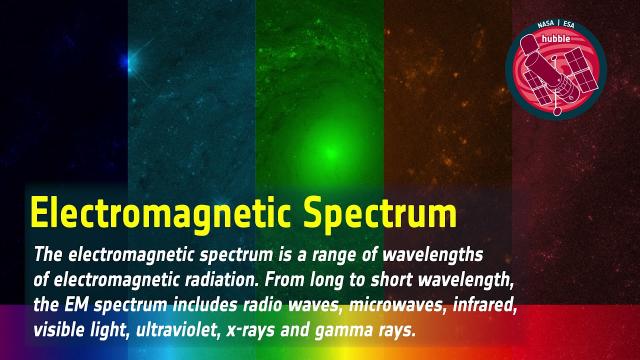
Word Bank: Electromagnetic Spectrum
Added 138 Views / 0 LikesMore information and download options: http://esahubble.org/videos/wordbank_electromagnetic-spectrum/Credit:ESA/Hubble
-
00:15
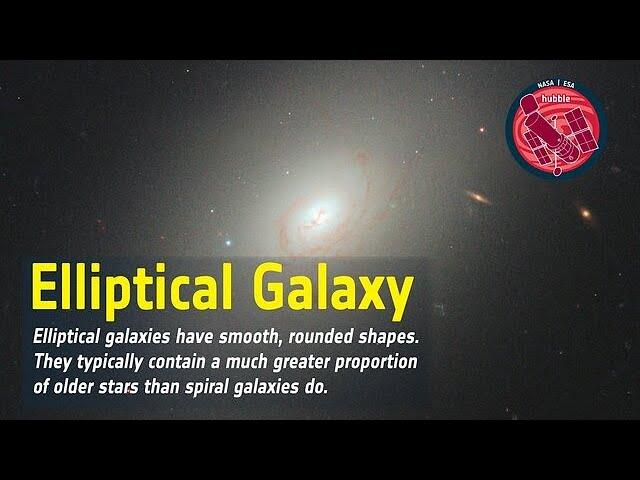
Word Bank: Elliptical Galaxy
Added 265 Views / 0 LikesMore information and download options: http://esahubble.org/videos/wordbank_elliptical-galaxy/Credit:ESA/Hubble, NASA, ESA, R.M. Crockett (University of Oxford, U.K.), S. Kaviraj (Imperial College London and University of Oxford, U.K.), J. Silk (Universit
-
00:15
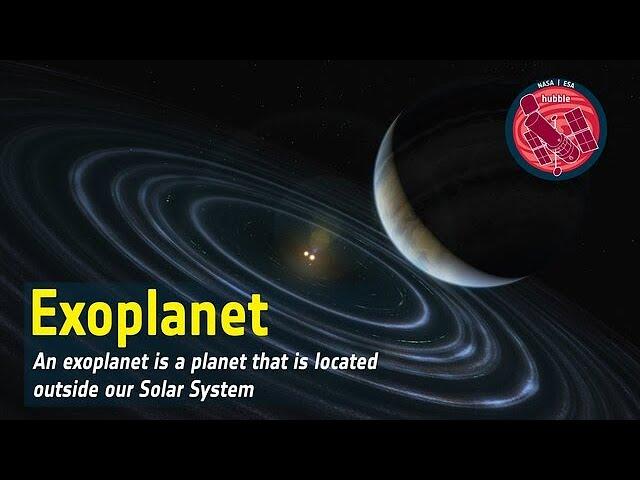
Word Bank: Exoplanet
Added 300 Views / 0 LikesMore information and download options: http://esahubble.org/videos/wordbank_exoplanet/Credit:ESA/Hubble, M. Kornmesser
-
00:15

Word Bank: Galaxy
Added 310 Views / 0 LikesMore information and download options: http://esahubble.org/videos/wordbank_galaxy/Credit:ESA/Hubble, ESA, NASA & L. Calçada
-
00:15
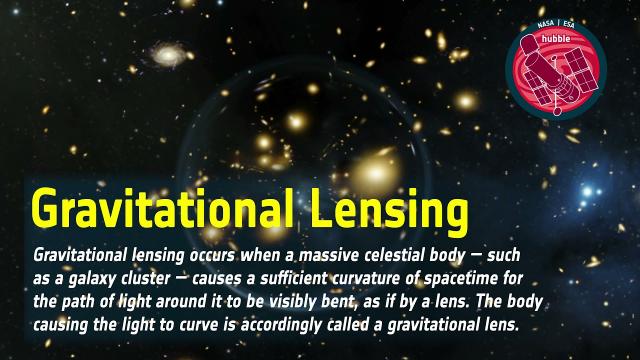
Word Bank: Gravitational Lensing
Added 278 Views / 0 LikesMore information and download options: http://esahubble.org/videos/wordbank_gravitational-lensing/Credit:ESA/Hubble (M. Kornmesser & L. L. Christensen)
-
00:15
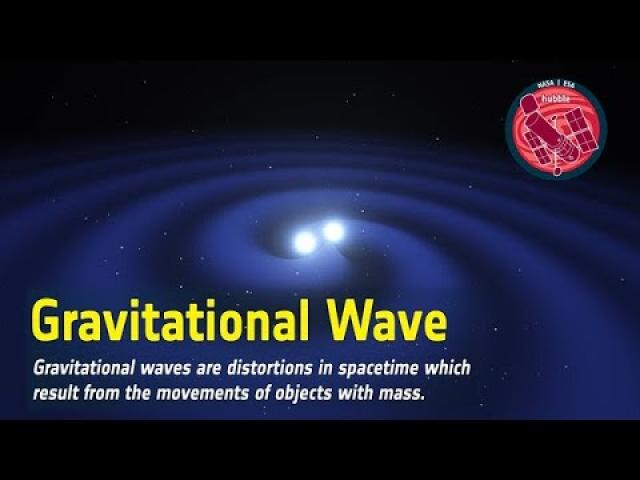
Word Bank: Gravitational Wave
Added 217 Views / 0 LikesMore information and download options: http://esahubble.org/videos/wordbank_gravitational-wave/Credit:ESO/L. Calçada.
-
00:15
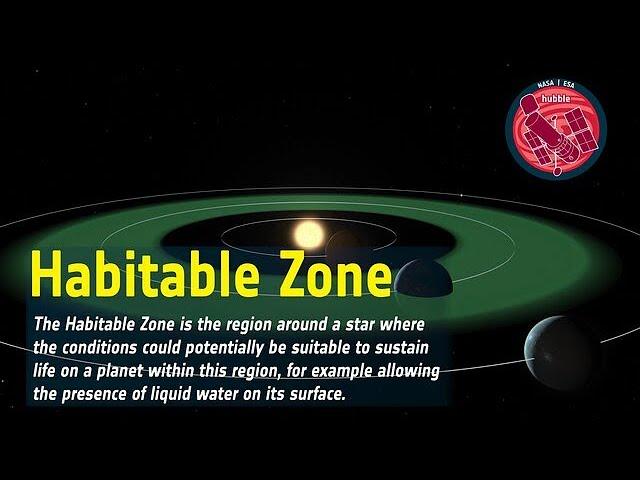
Word Bank: Habitable Zone
Added 220 Views / 0 LikesMore information and download options: http://esahubble.org/videos/wordbank_habitable-zone/Credit:ESA/Hubble, M. Kornmesser
-
00:15
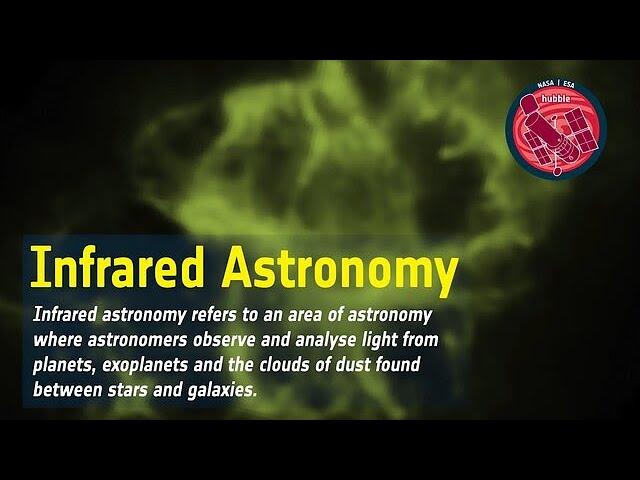
Word Bank: Infrared Astronomy
Added 221 Views / 0 LikesMore information and download options: http://esahubble.org/videos/wordbank_infrared-astronomy/Credit:ESA/Hubble, JPL/Caltech
-
00:15
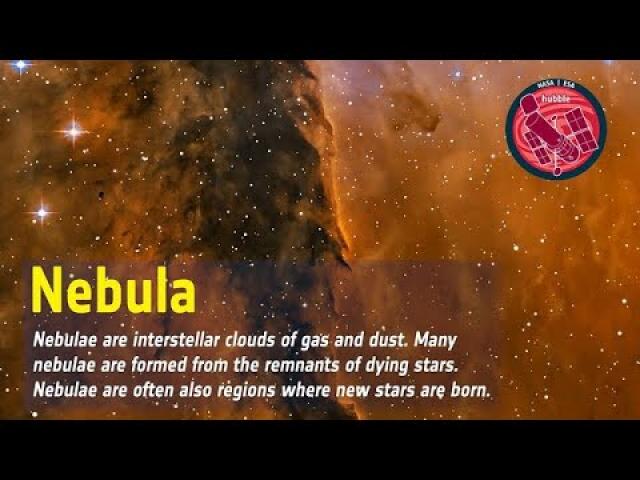
Word Bank: Nebula
Added 320 Views / 0 LikesMore information and download options: http://esahubble.org/videos/wordbank_nebula/Credit:NASA, ESA, and the Hubble Heritage Team (AURA/STScI)
-
00:15
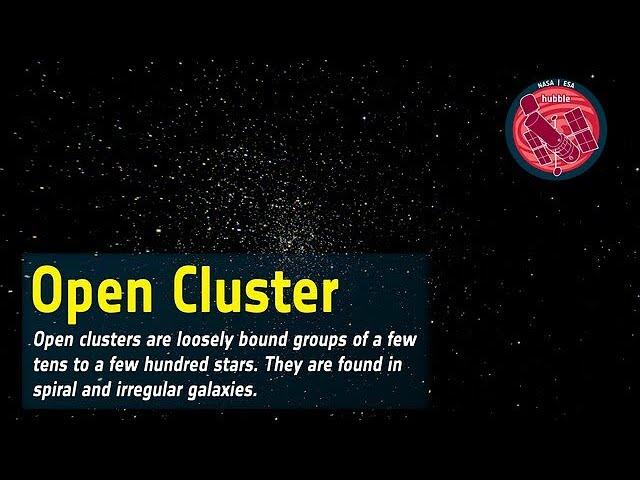
Word Bank: Open Cluster
Added 214 Views / 0 LikesMore information and download options: http://esahubble.org/videos/wordbank_open-cluster/Credit:NASA & ESA
-
00:15
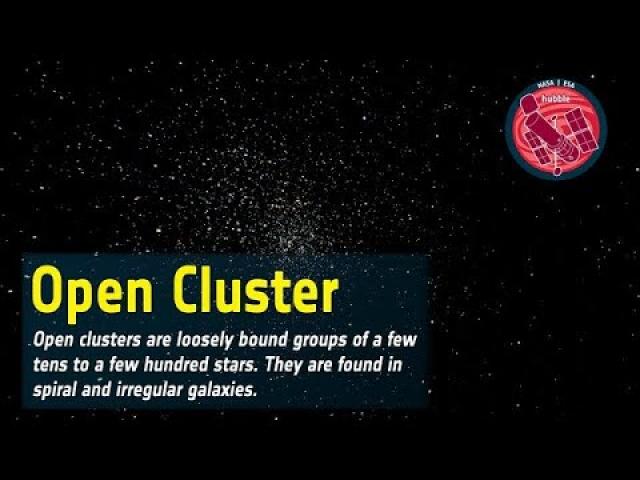
Word Bank: Open Cluster
Added 232 Views / 0 LikesMore information and download options: http://esahubble.org/videos/wordbank_open-cluster/Credit:NASA & ESA
-
00:15
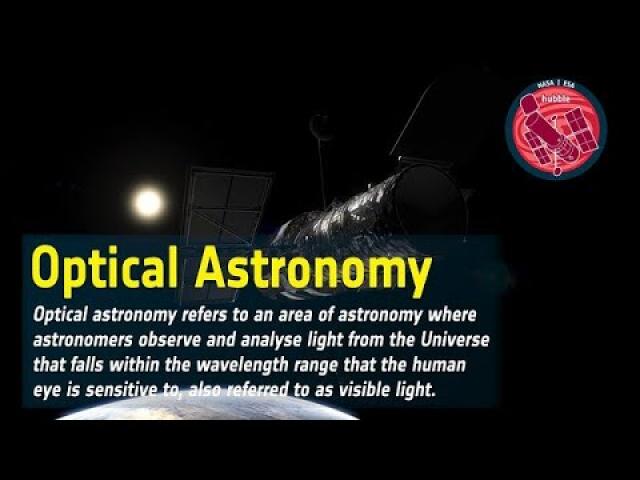
Word Bank: Optical Astronomy
Added 246 Views / 0 LikesMore information and download options: http://esahubble.org/videos/wordbank_optical-astronomy/Credit:NASA & ESA
-
00:15
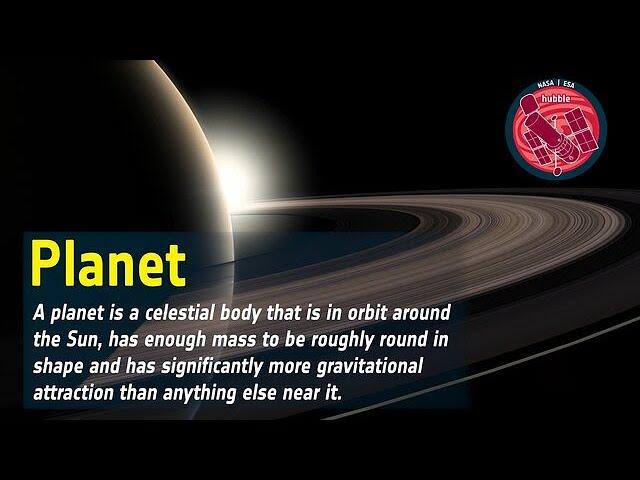
Word Bank: Planet
Added 327 Views / 0 LikesMore information and download options: http://esahubble.org/videos/wordbank_planet/Credit:NASA & ESA
-
00:15
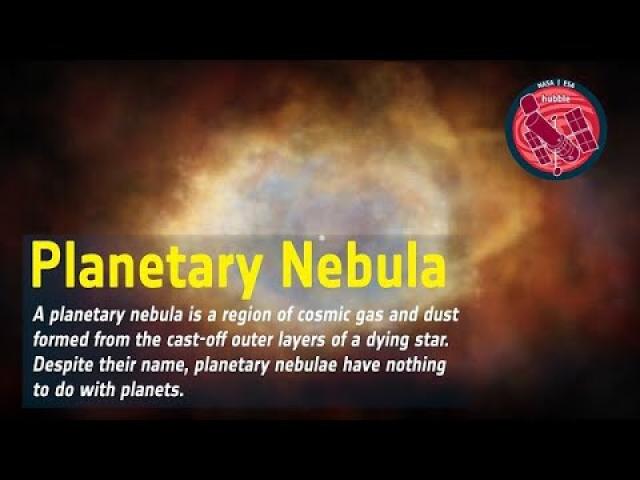
Word Bank: Planetary Nebula
Added 267 Views / 0 LikesMore information and download options: http://esahubble.org/videos/wordbank_planetary-nebula/Credit:ESA/Hubble (M. Kornmesser)
-
00:15

Word Bank: Quasar
Added 335 Views / 0 LikesMore information and download options: http://esahubble.org/videos/wordbank_quasar/Credit:ESA/Hubble, NASA, M. Kornmesser
-
00:15
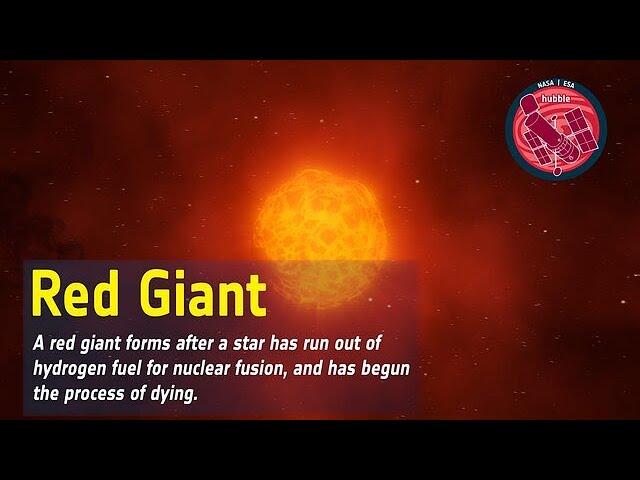
Word Bank: Red Giant
Added 293 Views / 0 LikesMore information and download options: http://esahubble.org/videos/wordbank_red-giant/Credit:NASA & ESA
-
00:15
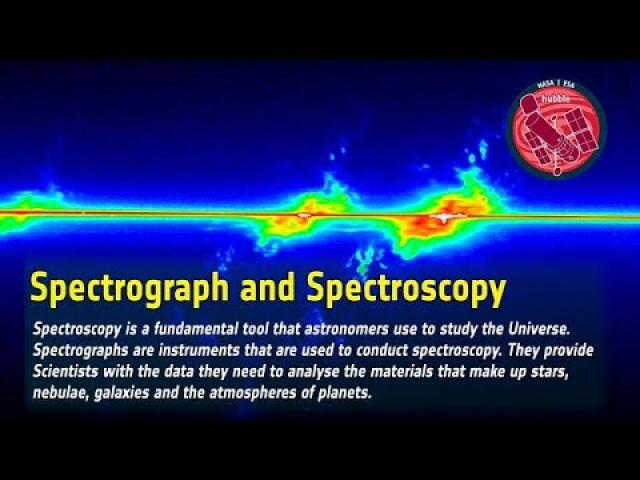
Word Bank: Spectograph Spectography
Added 110 Views / 0 LikesMore information and download options: http://esahubble.org/videos/wordbank_spectograph-spectography/Credit:ESA/Hubble, John Hutchings (Dominion Astrophysical Observatory), Bruce Woodgate (GSFC/NASA/ESA), Mary Beth Kaiser (Johns Hopkins University), Steve
-
00:15
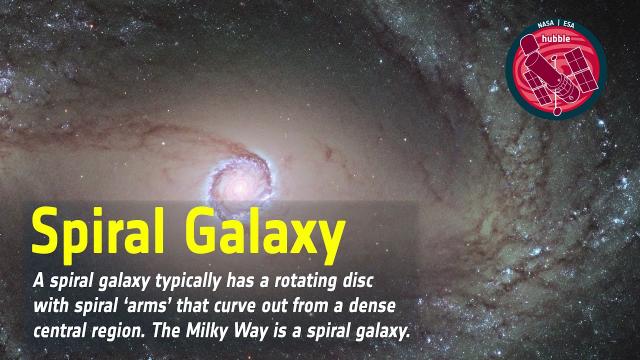
Word Bank: Spiral Galaxy
Added 250 Views / 0 LikesMore information and download options: http://esahubble.org/videos/wordbank_spiral-galaxy/Credit:NASA & ESA
-
00:15
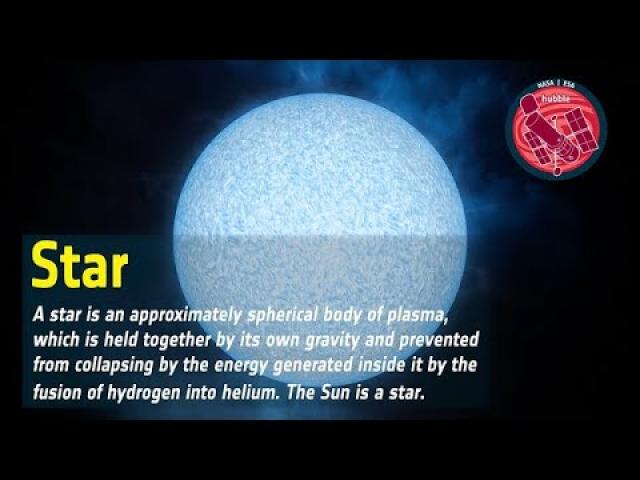
Word Bank: Star
Added 318 Views / 0 LikesMore information and download options: http://esahubble.org/videos/wordbank_star/Credit:NASA & ESA
-
00:15
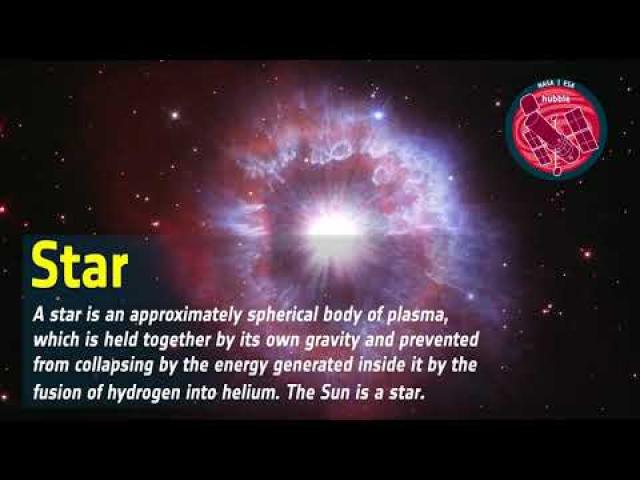
Word Bank: Star
Added 307 Views / 0 LikesMore information and download options: http://esahubble.org/videos/wordbank_star/Credit:NASA, ESA, and STScI
